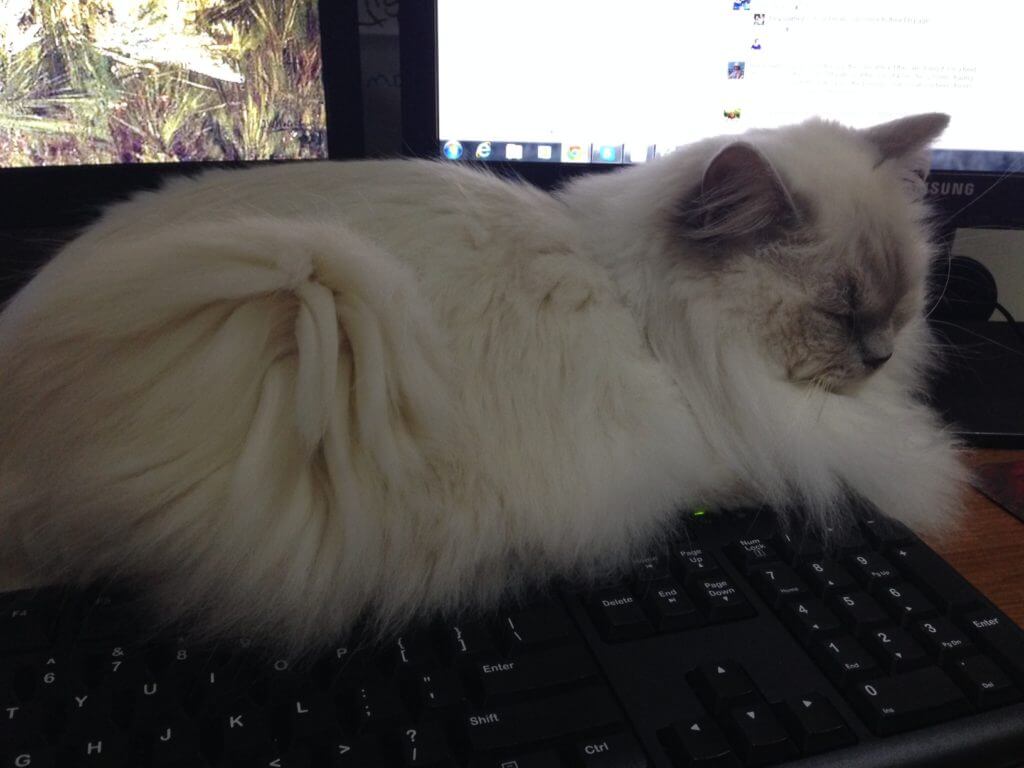
Change is great. On my terms only…
One of the first things that springs to mind when I think of Change Management is my cat. Cats do NOT like change. At all. Move the sofa slightly and watch him sniff disapprovingly, shoot me a filthy look then take a long time to get comfortable. Don’t even think about sitting in his spot – his stare will burn right through you. I love bringing both cats back from their ‘holiday resort’ after we’ve been on holidays and watching both of them explore the house, looking for something that has moved, changed or is brand new. Even the most delightful looking toy or a box is at first greeted with a wary look. Once deemed acceptable, the new item will be embraced into the family, and heaven help you if you try and take it away. Change is great. But there are terms and conditions attached…
I truly believe that everyone loves change. Providing it’s done on their terms. Their way. In a way that is acceptable to THEM. So how do we manage ourselves during times of immense change when everyone is different?
What could go wrong in this change?
In the business world, teams get together regularly to anticipate what could go wrong in a planned venture or project. And on a personal level, we pride ourselves on thinking of everything that could go wrong with any given activity from a house move to a new relationship. Brene Brown goes so far as to say we tend to “catastrophize” and imagine things that are as catastrophic in nature as they are likely. We can’t help ourselves. Especially when the change is being done “to” us, instead of “by” us. A lot of it is related to fear, and it holds us back. So, while you might be thinking you’re being the clever “devil’s advocate”, you may be getting in the way of your or someone else’s success.
I have seen clever, educated people fly off the handle at the prospect of change. They will jump to pick holes in the idea and attempt to bring it down before it’s even alive. They are not being mean. They are being human. We simply can’t help ourselves. We like to be clever.
What to do First
This is a difficult step that can be a challenge for some, but let’s learn from my cat. Case Study: Initially, when a cushion is found at a different angle, there will be hesitation followed by a disdainful look, but he will explore the possibility of leaning on the cushion at a different angle. Tentatively at first. There may even be another disdainful look. Before you know it, he is happily dozing. No cushion around? A keyboard will do (see image).
We can do this too. When change is imminent, explore the possibility first. There will be time later to criticize, but right now, in this moment, ask youself:
- “What possibilities does this create?”
- “What’s good about this?”
- “What positive things could come of this? For me? For others?”
The cool thing about asking these questions is you have opened up your unconscious mind to the world of possibility. Not only are you more likely to understand the change (and even accept it), but if it’s not shaping up as acceptable, your mind is open and ready to come up with great reasons why the idea might not work. You will be able to resourcefully provide great feedback that could impact the outcome. Win/Win, right?
How do you respond to impending change? What is your first response to something new? How could you change this to get more out of new opportunities?

